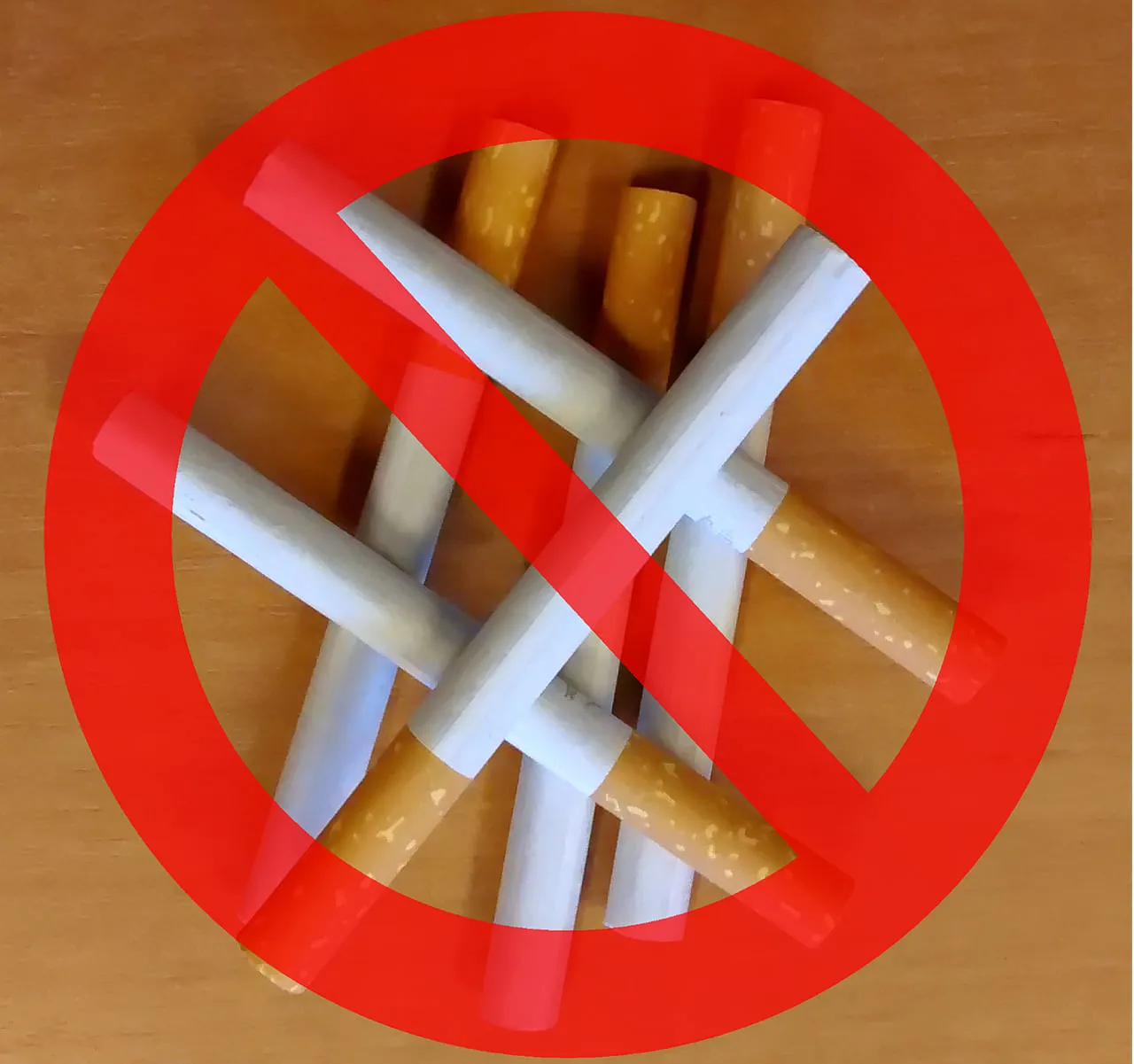New Delhi, May 31: Tobacco consumption devastates the human body in myriad ways. It affects almost every organ system, said doctors on World No Tobacco Day on Friday, calling for the need to quit smoke.
As smoking is majorly linked to lung cancer and cardiovascular diseases, the full spectrum of tobacco damage is often underestimated. Tobacco smoke contains over 7,000 chemicals, many of which are toxic, and at least 70 are known to cause cancer.
It can cause chronic obstructive pulmonary disease (COPD), emphysema, and chronic bronchitis. It also leads to peptic ulcers, harms the reproductive system, and weakens the immune system, making the body more susceptible to infections, said the experts.
“The tar in tobacco smoke damages the cilia — small hair-like structures in the lungs that help clear out mucus and dirt –, leading to chronic bronchitis and an increased risk of fatal infections,” Dr. Arindam Datta, Associate Consultant, Respiratory Medicine and Pulmonary Interventions, Narayana Hospital, Howrah, told IANS.
The doctor informed that long-term smokers, industrial workers, people with a history of asthma, and those exposed to secondhand smoke, dust, and pollutants both indoors and outdoors are at the highest risk.
Tobacco’s impact on cardiovascular health is profound. It increases heart rate, tightens major arteries, and can create an irregular heart rhythm. Chemicals in tobacco also damage the lining of the arteries, narrowing and hardening them with the buildup of plaque, resulting in heart attacks and strokes.
“Tobacco smoke contains carbon monoxide and nicotine, which increase the heart’s workload and decrease its efficiency. Carbon monoxide binds with haemoglobin in red blood cells, reducing their oxygen-carrying capacity. Nicotine increases blood pressure and heart rate, which can lead to hypertension. This combination of effects significantly raises the risk of coronary artery disease, myocardial infarction, and stroke,” Dr. Samir Kubba, Director – Cardiology, Dharamshila Narayana Hospital, told IANS.
“Individuals with a family history of heart disease, those who have hypertension or diabetes, and smokers of all ages are at increased risk,” he added.
Further, tobacco use is also the leading cause of preventable cancer. Carcinogens in tobacco such as nitrosamines and polycyclic aromatic hydrocarbons, damage DNA and hinder the body’s ability to repair damaged cells, leading to mutations that can cause cancer, said medical oncologist Dr. Samit Purohit – Senior Consultant from Action Cancer Hospital told IANS.
“Tobacco use is responsible for nearly 90 per cent of all lung cancer cases, but its impact is not limited to the lungs. It is a major risk factor for cancers of the mouth, throat, oesophagus, bladder, pancreas, kidney, and cervix,” he added.
Secondhand smoke also causes great harm. Non-smokers who live with smokers have about a 20-30 per cent greater risk of developing lung cancer. This exposure can also increase the risk of cancers of the larynx and pharynx.
Importantly, the health experts noted that smokeless tobacco products are equally dangerous. They can lead to oral, oesophageal, and pancreatic cancers, and precancerous lesions in the mouth that can transform into malignant tumours.
They called on health authorities “to focus on prevention, early cessation support, and make stringent policies on tobacco advertising.”







